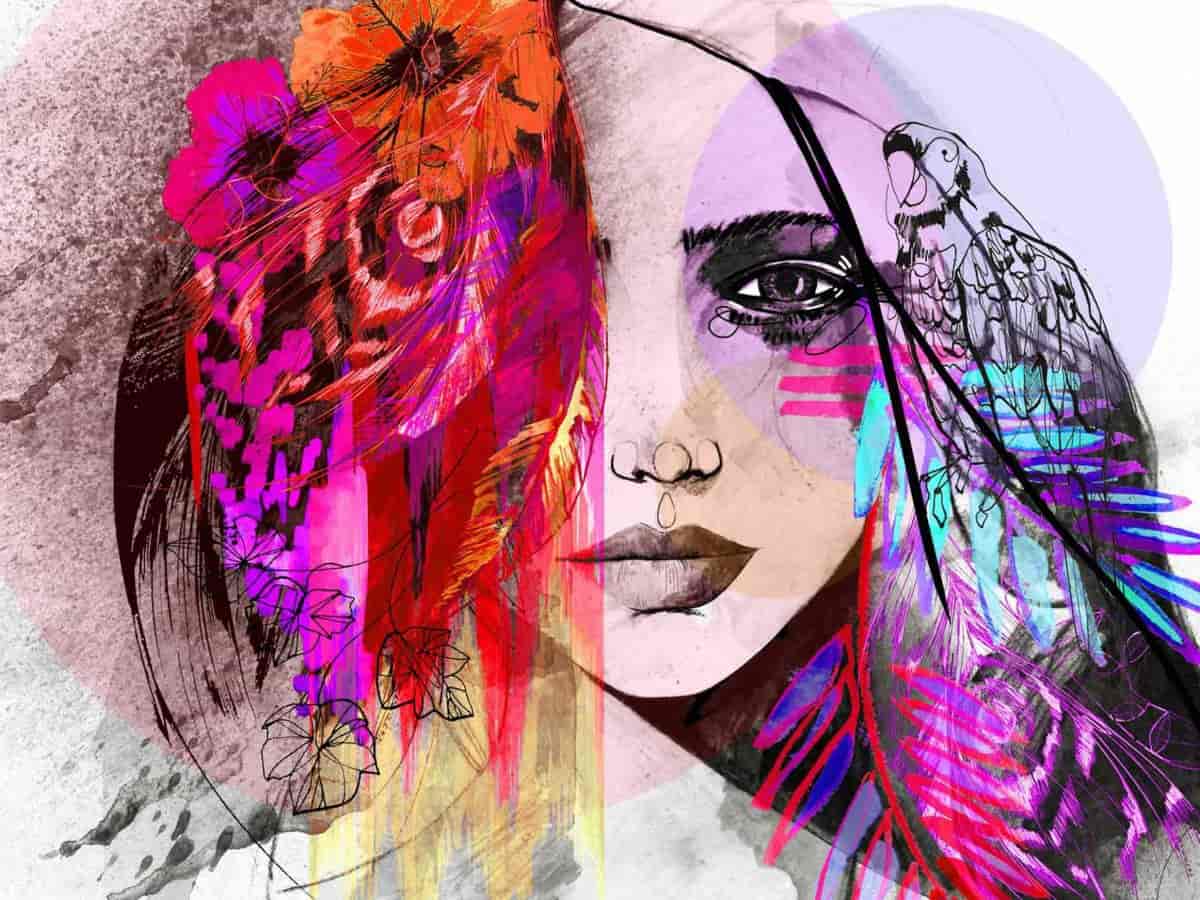The purpose of an illustration is to exhibit creativity but with a message and objective. Fashion illustrations became popular when designers decided to display their flair for creativity in a more visually appealing and comprehensible form. Whether it is an ensemble or a piece of jewelry, you can convey your ideas into the shape of a compelling drawing. Illustrations are also going digital and that has widened the scope of fashion design and illustration. Since the concept of making a career out of designing and drawing is becoming so common, th demand for such illustrators is also profusely increasing. More and more people are looking for fashion illustrators for hire, therefore, if you intend to opt this field as a career then it will surely prove to be lucrative for you.
We have gathered the essential tips that can help you in becoming a professional fashion
illustrator: Have a firm resolve
You might have the passion and knack for drawing but it will not work for you if you do not give time to practice. Whether it is drawing or any other skill, the aspect of constant improvement exists for everything. The process of becoming good at fashion illustration is arduous so firstly, you have to make up your mind for it and not leave it halfway. Take time to practice and analyze what your niche could be in the field of fashion. Design and draw on a regular basis and soon you will be on your path to becoming a professional illustrator.
Give yourself time to improve
Every form of skill or talent is something that is not inherent instead; it is something that you practice to acquire. The first attempt at illustration design can never be accurate or perfect therefore you need to give yourself time to improve and learn. It is not demoralizing to think that the more time you take to learn is going to be a roadblock in your career as an illustration. You can draw perfectly symmetrical and contemporary illustrations but this notion entirely depends upon your passion to learn and practice.
Incorporate a visual personality
While an illustration might not look any different from a static image or drawing but that is not the case. An illustration is designed with a purpose behind it and that purpose allows the viewer to emotionally connect to it. The same case is with a fashion illustration. Thousands of illustrators could be out there so on what basis can you differentiate the best from the average? An illustration with a personality and a sense of character is the one that stands out. The overall appeal of the drawing matters but you have to give it a distinctive persona as well. For that reason, research what your target audience prefers to see and then proceed with the illustration design.
Understand human anatomy
Versatility matters the most in a fashion illustration. Your customers could belong to different demographics and their anatomy might vary as well. From the anatomy of the silhouette to the poses, you have to look into every little detail. That is why before you start to draw, understand how human bodily structure is so there is no chance of error when you present the illustration. Practice out the poses and gestures regularly so you have a firm grasp over anatomical propositions. Understanding this step is essential, as a small mistake in the anatomy is easily visible and it will not leave a good impression on the viewer.
Grab attention with style
If you want your illustration to have visual significance then you need to add style and character to the core elements of the drawing. It could be the silhouette or it can be the attire in your illustration. It is up to you to choose the part that has the ability to grab the attention of the viewer. The possibility to experiment also exists as you can merge unique elements to give existence to an abstract yet appealing visual. If your core focus is on the clothing then give prominence to the fabric and texture used for the attire in the illustration. There is so much you can do and experiment with but make sure that it has a knack for style.
Know your viewer’s perception
Perception varies from person to person. When a certain person looks at a drawing it is not set in stone that he would have the same opinion or perception as yours. That does not mean that it would deviate from the message you are conveying through your illustration instead it suggests that every viewer would hold a different meaning and connection to the illustration. That is why it is always recommended to keep the design elements simple, as a complicated illustration will not be easily understood.

